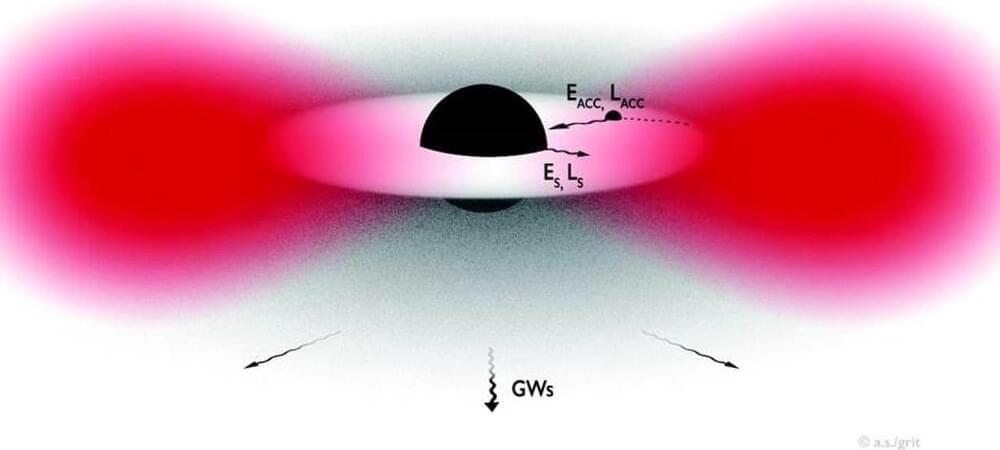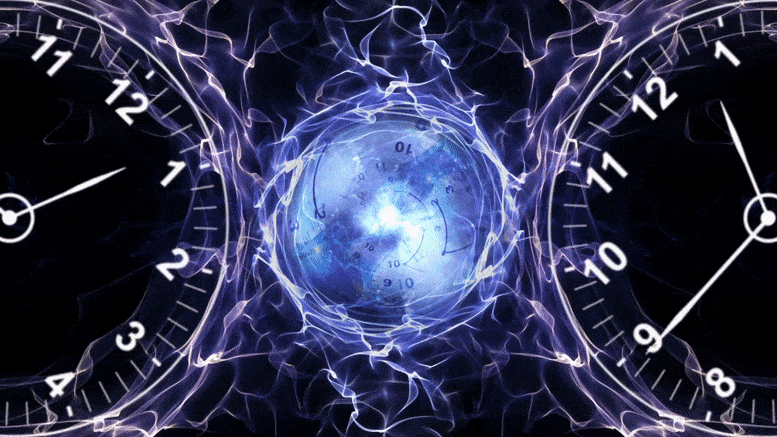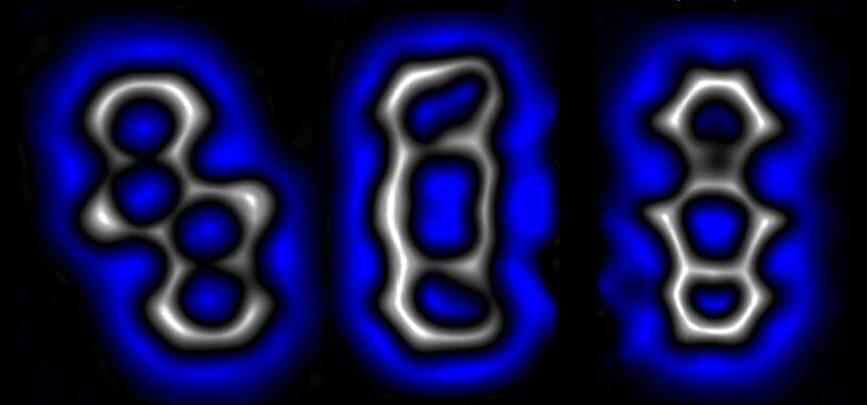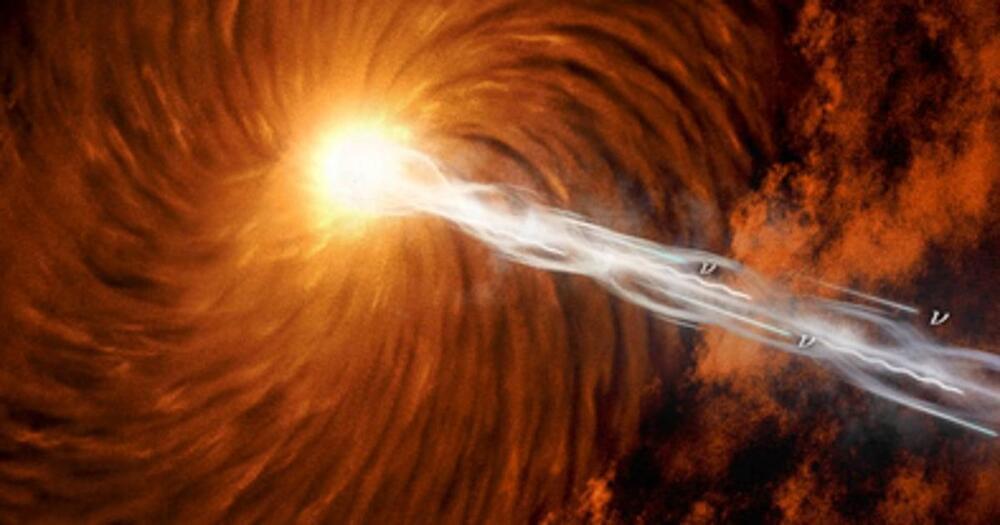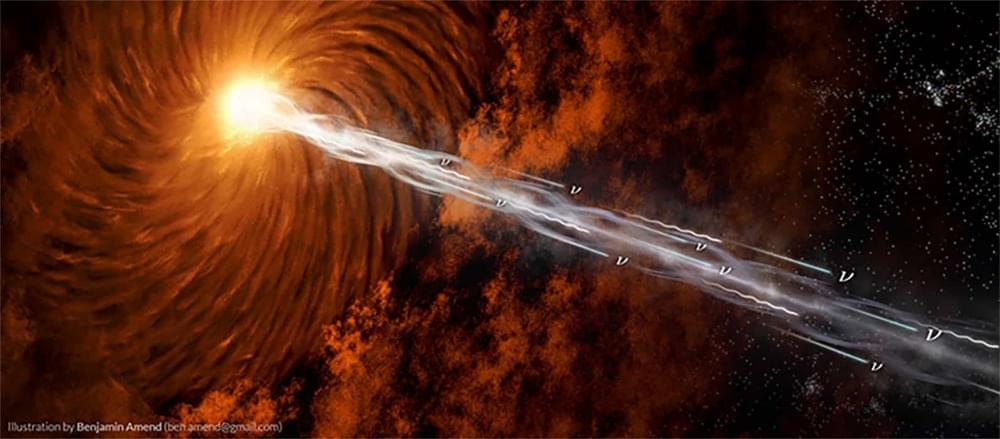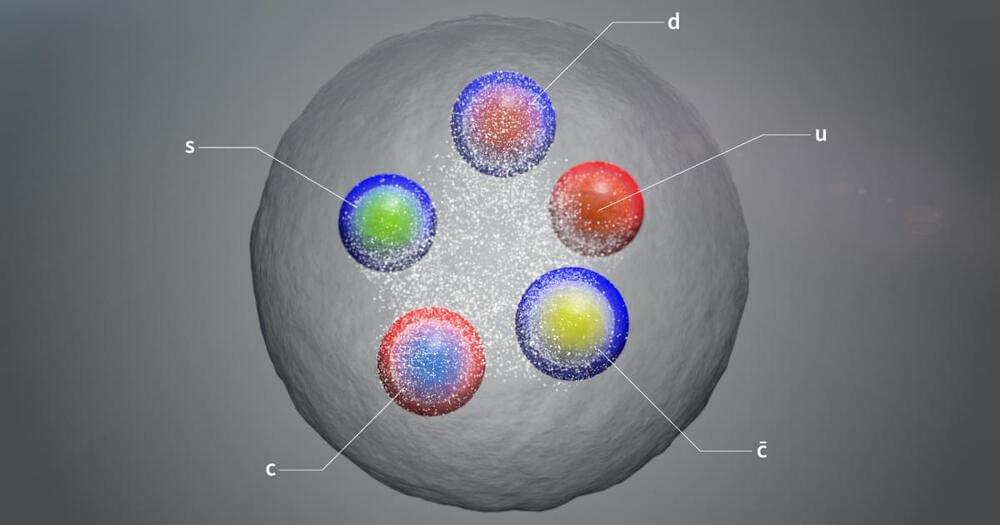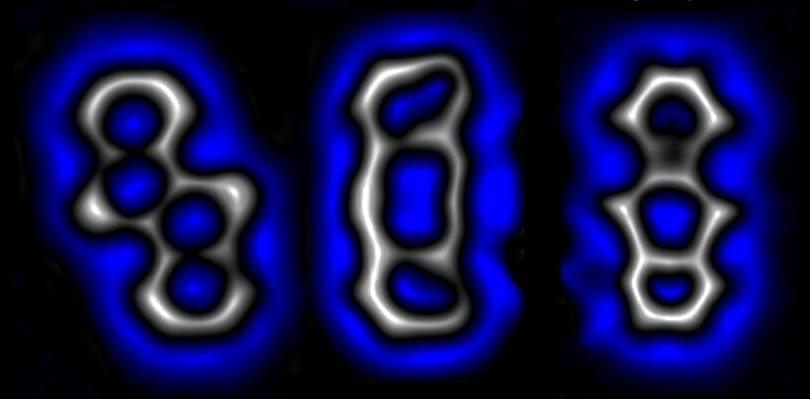Jul 19, 2022
A quantum wave in two crystals
Posted by Saúl Morales Rodriguéz in categories: particle physics, quantum physics
Particles can move as waves along different paths at the same time—this is one of the most important findings of quantum physics. A particularly impressive example is the neutron interferometer: neutrons are fired at a crystal, the neutron wave is split into two portions, which are then superimposed on each other again. A characteristic interference pattern can be observed, which proves the wave properties of matter.
Such neutron interferometers have played an important role for precision measurements and fundamental physics research for decades. However, their size has been limited so far because they worked only if carved from a single piece of crystal. Since the 1990s, attempts have also been made to produce interferometers from two separate crystals—but without success. Now a team from TU Wien, INRIM Turin and ILL Grenoble has achieved precisely this feat, using a high-precision tip-tilt platform for the crystal alignment. This opens up completely new possibilities for quantum measurements, including research on quantum effects in a gravitational field.

